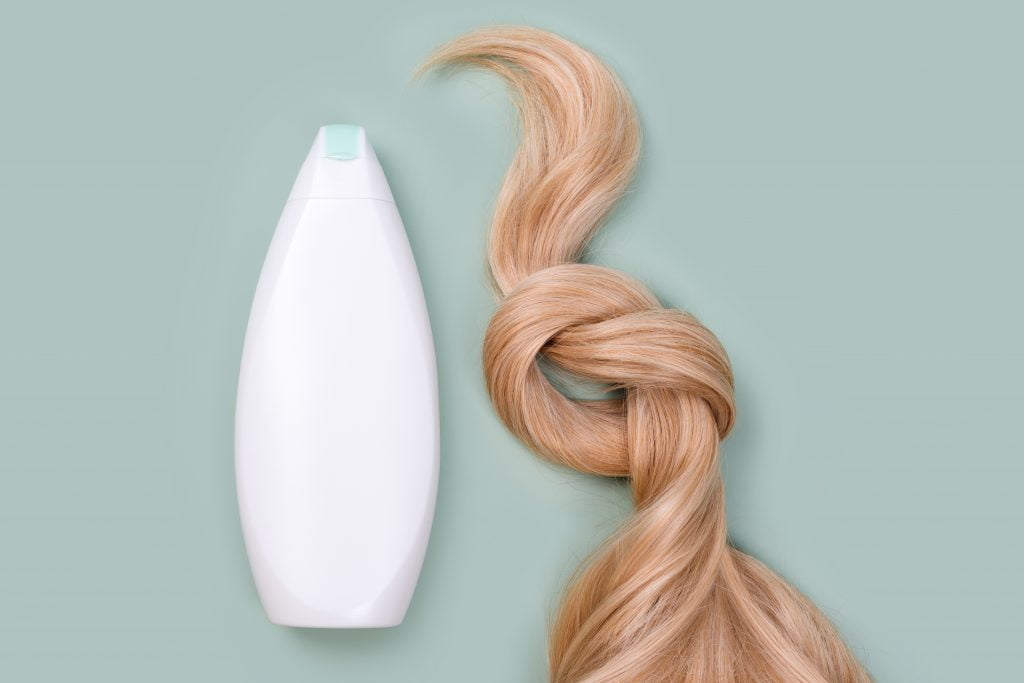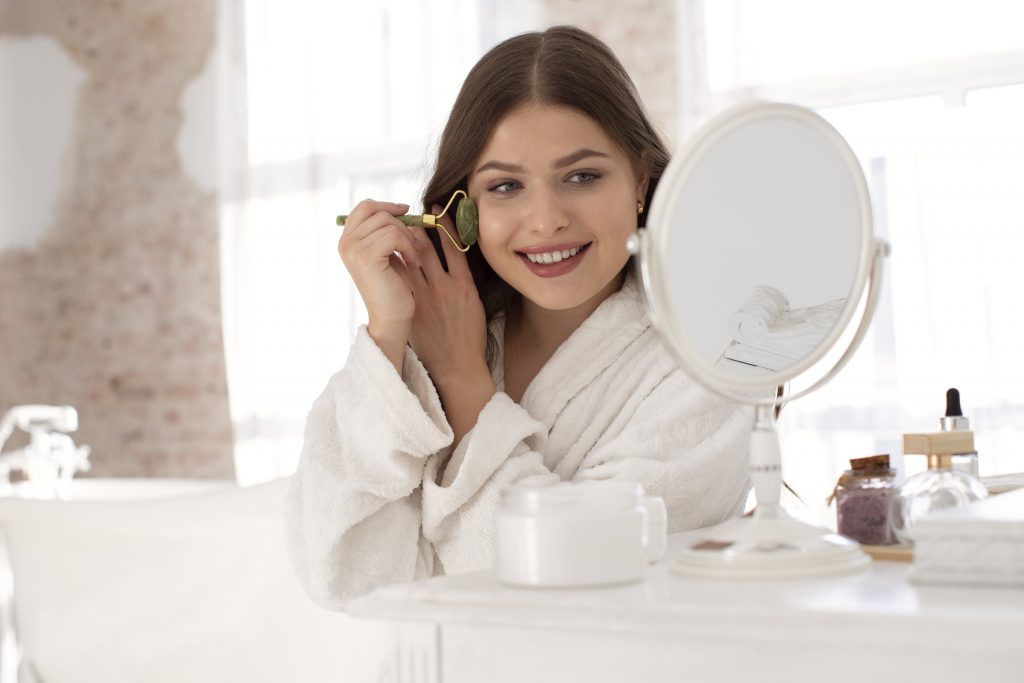Summary
1. Introduction
2. Steps of caring for hair
3. Choose the right product
4. Epilogue
Introduction:
Hair care might be difficult, especially if you don’t have much
time, but maintaining healthy, fashionable hair can make you feel
more appealing and confident.
Making up a hair care routine is simple: just keeping your hair
healthy and using good products. Fortunately, many tasks in a hair
care routine can be completed only once or twice a week and
your hair doesn’t always need to be taken care of every day.
Here are the most important steps to keep your hair healthy and
elegant:
Caring for Your Hair with a few steps.
1. Be aware of your hair type.
Each person has unique hair, which frequently requires a
unique approach to treatment.
To build the greatest hair care routine possible, find out
what type of hair you have. Observe your hair inclinations by
going a few days without using any cosmetics and your
natural hair. You might find that your hair:
• Oily
• Dry
• Normal
• Wavy
• Straight
• Curly
• Thick
Once you’ve identified your hair type, you should always
treat it accordingly, your hair will probably respond to
certain products and treatments differently than the hair of
a friend.
2. Wash your hair when it is necessary.
Many people think they must wash their hair every day
however, most hair types only require washing every other
day or a few times per week. Wash your hair when it’s dirty,
not merely out of habit, depending on the type of hair you
have. In general, thin, straight hair requires more frequent
washing than thick, curly, or wavy hair.
• You should only wash your dry hair every third day.
• Try washing your hair every other day if your hair
tends to get oily more easily, but you can wash your
hair every day if it gets particularly oily after just one
day. To help absorb some of the oil between washes,
you can also use dry shampoo.
• You should wash your hair every two to three days if
you have regular hair (not very dry or greasy).
For the ideal amount of hair washing, there is no set rule.
Simply keep an eye on your hair and wash it when you
notice it becoming dirty.
Overwashing can harm your hair because it will stop the
natural oils from returning.
3. Do not use hot water to wash your hair.
Using hot water can remove the natural conditioner and
protective oils from your hair.
You can keep your hair’s natural shine by washing it with
lukewarm water and avoiding dull hair.
4. When your hair is wet, comb it.
It can be tempting to brush your hair after getting out of the
shower because it’s a quick way to remove tangles.
However, after showering a wide-tooth comb is the most
effective tool for removing any knots.
Use a comb and begin at the bottom of your hair and work
your way up because a brush frequently snags and pulls your
hair, leading to breakage and damage.
5. Let the air dry your hair.
While blow dryers can dry your hair quickly, the heat they
produce can harm your hair follicles, leaving you with dry,
damaged hair.
When possible, let your hair air dry; however, if you must
use a blow dryer, choose one with a cooler setting.
6. Trim your hair regularly.
Split ends are common in hair, and if you go a long time
without cutting your hair, it may start to look damaged and
unhealthy.
Try to trim your hair about every three months, or every six
weeks if you are particularly prone to split ends.
• It’s preferable to trim curly hair when it’s completely
dry or just barely damp. Curly hair may dry shorter
than you anticipated because when it’s wet, it appears
much longer.
7. Avoid messing with your hair constantly.
Because both your hands and your hair already contain
natural oils, touching or moving your hair frequently can
cause those oils to build up in your hair, giving it a greasy
appearance.
The best course of action to prevent this is to get a
manageable haircut that won’t bother you throughout the
day.
What are the Most products you need for your hair
1. Choose the right shampoo.
The cost of shampoos can vary greatly depending on the
type of hair they are intended for.
While you should steer clear of incredibly inexpensive
shampoos, salon shampoos might not offer your hair any
additional benefits.
Pay more attention to choosing a shampoo for your hair
type (for dry-damaged or oily hair).
2. Hair conditioner.
Although it may seem simple, conditioning hair is crucial
since it hydrates hair and aids in restoring essential natural
oils. Applying conditioner to your hair’s roots can make it
more oily than necessary.
Select a conditioner that is suitable for your hair type as
well. You might require a hydrating conditioner if your hair is
dry, or you might prefer a lightweight conditioner if your
hair is oily.
3. Apply heat serum before using styling tools.
Even though you may not be able to completely avoid using
styling tools, you can protect your hair from damage by
using heat sparingly.
You should always use a heat serum or heat spray on your
hair before blow-drying, curling, or straightening it.
4. Use a deep conditioner.
Applying a deep conditioner at least once a week can be
beneficial in addition to your regular conditioner to help
with damage healing.
5. Use dry shampoo instead of regular shampooing.
Avoid over-washing your hair if you want to keep it in the
greatest condition possible.
However, occasionally you can feel that your hair simply
looks way too unkempt.
Dry shampoos are excellent since they are a simple product
that cleans your hair of any grease or grime and leaves it
looking clean.
To achieve the most natural appearance, spray the dry
shampoo on your roots, distribute it evenly through your
hair with your fingers, and then brush your hair.
In the end, don’t be cheap about styling products. Cheap ones will
either dry out your hair or grease it up. Find other products that
are best for your hair type. They may be a bit expensive, but you
only need to use a little to do a lot.



